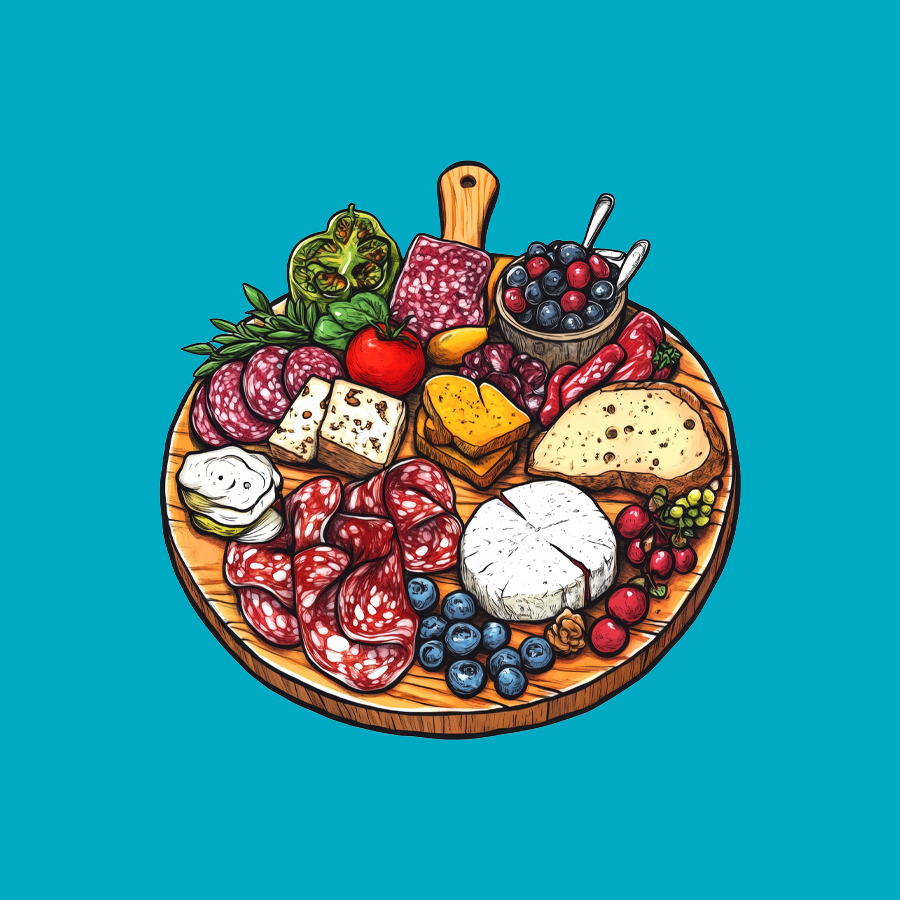Introduction
The catering industry has long been associated with polished presentations, pristine plating, and formal dining experiences. However, a new trend has emerged in recent years—rustic, unpolished catering styles that embrace imperfection while celebrating authenticity.
Rustic catering isn’t about carelessness but intentionally creating an organic, handcrafted aesthetic that feels warm, inviting, and memorable. From mismatched tableware and handmade platters to farm-to-table menus and communal dining, this approach taps into the growing demand for experiences that feel personal, natural, and unique.
If you’re a caterer or event planner, embracing rustic and unpolished styles can set you apart in an industry shifting toward authenticity over perfection. Here’s how to master the art of rustic catering while maintaining professional quality.
The Appeal of Rustic Catering Styles
Why are rustic, imperfect catering styles becoming so popular? The answer lies in the emotional connection they create. More and more clients—from wedding couples to corporate event organizers—seek experiences that feel real, intimate, and unforced.
1. The Rise of Farm-to-Table & Artisanal Presentations
Consumers today are drawn to local, organic, and handmade elements in their dining experiences. Rustic catering complements this movement by:



2. Organic Textures & Natural Elements
Rather than pristine white tablecloths and uniform plating, rustic catering embraces:



3. A Sense of Togetherness & Connection
Rustic dining setups are designed to bring people together. Family-style dining, shared platters, and cozy seating arrangements make guests feel welcomed and engaged—precisely what modern events aim to achieve.
Key Elements of Rustic Catering Presentations
Perfecting the rustic aesthetic isn’t about being messy—it’s about controlled imperfection. Here are some essential details that bring the look to life:
1. Mismatched Tableware & Handmade Serving Pieces
Forget perfectly matched porcelain—rustic catering thrives on:



2. Earthy, Minimalist Decor
Simplicity is key when creating a beautifully unpolished catering setup. Popular choices include:



3. Effortlessly Elegant Food Presentation
Instead of perfectly aligned dishes, rustic catering embraces:



Why “Unpolished” Doesn’t Mean Unprofessional
There’s a fine line between rustic charm and looking unprofessional. The key is to balance imperfection with intentional design. Here’s how:



At the end of the day, rustic catering isn’t about cutting corners—it’s about creating an atmosphere that feels warm, welcoming, and effortlessly stylish.
Menu Ideas That Match the Rustic Aesthetic
A rustic catering style isn’t just about the look—it also extends to the menu. Here are some crowd-pleasing rustic dish ideas:
1. Starters & Small Plates
- Hand-stretched flatbreads with seasonal toppings.
- Rustic charcuterie boards featuring local cheeses, cured meats, and homemade pickles.
- Mason jar salads or roasted veggie skewers with herbed yogurt dip.
2. Main Courses & Shared Platters
- Slow-roasted meats served family-style, such as braised short ribs or herb-crusted chicken.
- Farm-fresh pasta dishes, like butternut squash ravioli with browned butter.
- Roasted root vegetables with fresh herbs, served on wooden boards.
3. Signature Rustic Desserts
- Naked cakes adorned with fresh berries, herbs, or edible flowers.
- Homemade fruit tarts and galettes served on slate or wooden platters.
- Pies, crumbles, and cobblers that feel nostalgic and comforting.
How Caterease Helps Caterers Streamline Rustic Events
Managing rustic, farm-to-table, or unpolished catering setups requires organization—especially when coordinating custom menus, rentals, and seating arrangements. This is where Caterease makes a difference:




By using Caterease to manage logistics, caterers can focus on creating a beautiful, memorable experience rather than worrying about operational challenges.
Conclusion
Rustic and unpolished catering styles embrace the beauty of imperfection, creating a warm, authentic dining experience that resonates with today’s event clients.
By using organic materials, presenting food naturally, and focusing on shared, communal dining, caterers can stand out in a market that values authenticity over perfection.
With the right tools—like Caterease for seamless event management—embracing rustic elegance becomes a strategic advantage, not just a style choice.
So, if you want to elevate your catering business, don’t be afraid to let go of perfection and lean into the charm of the unpolished. Your guests will love it.
Frequently Asked Questions (FAQs)
1. What is rustic catering?
Rustic catering focuses on natural, organic, and imperfectly elegant presentations, using wood, stone, and handmade elements for a warm, inviting look.
2. How do I make rustic food presentation look professional?
Ensure controlled imperfection—keep things intentional, balanced, and visually appealing without appearing careless.
3. What are some must-have rustic catering menu items?
Charcuterie boards, family-style dishes, wood-fired pizzas, and naked cakes with fresh fruit are all perfect choices.
4. How can Caterease help with rustic event planning?
Caterease streamlines menu customization, seating arrangements, vendor coordination, and client communication, making rustic event planning easy.
5. Why is rustic catering becoming so popular?
Clients love authentic, memorable dining experiences, and rustic catering feels more personal, warm, and unique than traditional styles.

